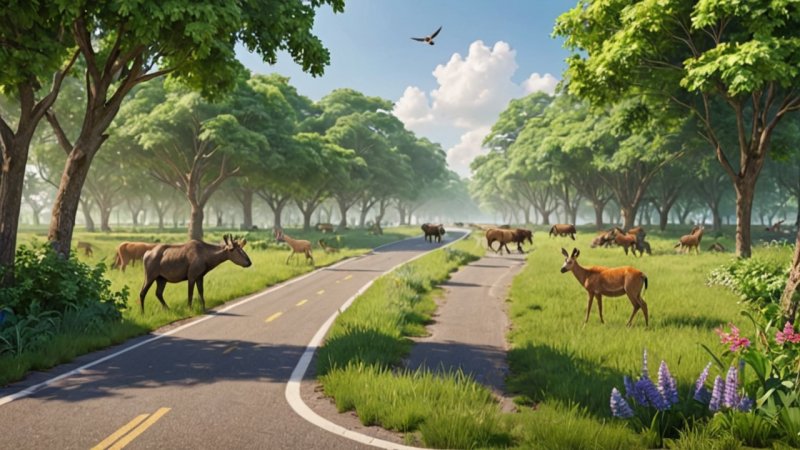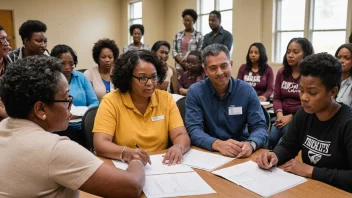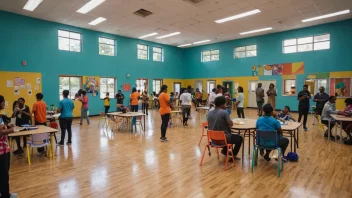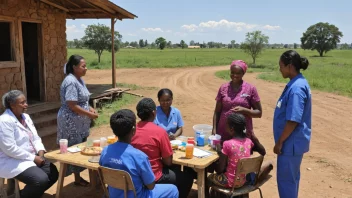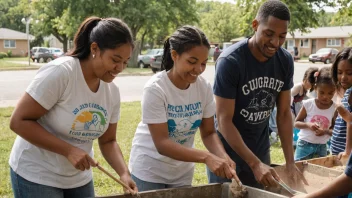Introduction
Wildlife corridors are crucial in connecting fragmented habitats, allowing animals to migrate safely, find food, and reproduce. In this article, you will learn how to advocate for and contribute to the creation of effective wildlife corridors in your community. By following these steps, you can help protect biodiversity and promote environmental sustainability.
Step 1: Understand the Importance of Wildlife Corridors
Before you can effectively advocate for wildlife corridors, it’s essential to understand their benefits. Wildlife corridors:
- Facilitate animal movement: They provide safe passage for animals to cross roads and other barriers.
- Enhance genetic diversity: By connecting isolated populations, corridors allow for breeding between different groups, which strengthens the gene pool.
- Promote ecosystem health: Corridors help maintain balanced ecosystems by allowing species to migrate according to seasonal changes.
Step 2: Research Local Wildlife and Habitats
Identify the wildlife species in your area and their habitats. Understanding which animals are affected by habitat fragmentation will help you advocate for their needs. Here’s how to research:
- Consult local wildlife agencies: Contact your state’s wildlife agency or conservation organizations for information on local species and their habitats.
- Participate in local nature walks: Join guided walks or hikes to learn more about your local ecosystem and the challenges it faces.
- Utilize online resources: Websites like the National Wildlife Federation and local conservation groups often provide valuable data on wildlife populations.
Step 3: Engage with Community and Stakeholders
Building a coalition of support is key to promoting wildlife corridors. Here’s how to engage with others:
- Organize community meetings: Host discussions to raise awareness about the importance of wildlife corridors and gather community input.
- Collaborate with local organizations: Partner with environmental groups, schools, and local businesses to create a unified voice for wildlife conservation.
- Reach out to local government: Present your findings and advocate for the incorporation of wildlife corridors into local planning efforts.
Step 4: Advocate for Policy Changes
Once you have gathered support, it’s time to advocate for policy changes that will facilitate the creation of wildlife corridors. Consider the following approaches:
- Draft policy proposals: Work with stakeholders to draft proposals that outline specific corridor projects and their anticipated benefits.
- Attend city council meetings: Present your proposals to local government officials and encourage public discussion.
- Engage with local media: Write op-eds or letters to the editor to raise awareness about the need for wildlife corridors in your area.
Step 5: Implement Community Projects
Taking action at the community level can demonstrate the necessity of wildlife corridors. Here are some project ideas:
- Plant native vegetation: Create green spaces that serve as corridors for local wildlife, enhancing their habitat.
- Build small structures: Construct wildlife crossings, such as tunnels or bridges, over roads to facilitate animal movement.
- Promote educational programs: Develop workshops or educational campaigns to teach others about the importance of wildlife corridors.
Step 6: Monitor and Evaluate Progress
After implementing projects and policies, it’s crucial to monitor their effectiveness. Follow these steps:
- Set measurable goals: Establish clear objectives for what you want to achieve, such as increased wildlife sightings or reduced roadkill incidents.
- Conduct regular assessments: Collaborate with local wildlife experts to gather data on wildlife movement and habitat usage.
- Share your findings: Disseminate information about the success of your efforts to inspire further action and support.
Conclusion
Creating effective wildlife corridors is a multi-step process that involves understanding the local ecosystem, engaging the community, advocating for policy changes, implementing projects, and monitoring progress. By following these steps, you can play an active role in promoting wildlife conservation and ensuring that both local wildlife and communities thrive. Remember that every small action counts, and together, we can make a significant impact.
